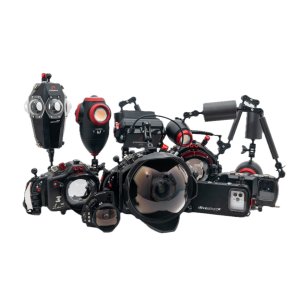2024 - LeoR Specim IQ
Easydive and Hyperspectral: A dive into the technology of the future

A Marriage of Research and Innovation
Have you ever been curious to discover what lies beneath the surface, far beyond what the human eye can perceive? At Easydive, in collaboration with Edgelab and the National Technical University of Athens, we have embarked on a fascinating journey to explore the potential of hyperspectral imaging, a technology that allows us to "see" far beyond the visible spectrum.
The Birth of the Project
It all started with an ambitious challenge: to make the Specim IQ hyperspectral camera accessible and controllable underwater. This extraordinary device, capable of capturing detailed information about the chemical composition of an object, has enormous potential in various fields, from scientific research to underwater archaeology. We were also tasked with being able to control the camera without the presence of an underwater operator, but from the surface, through an underwater ROV.
And this is where Easydive comes in. With our expertise in designing and building innovative underwater solutions, we accepted the challenge of developing a remote control system that would allow the Specim IQ to be used in complete safety and simplicity.
How Does a Hyperspectral Camera Work?
A camera capable of capturing light from 400nm to 1000nm is designed to detect both visible light (400nm-700nm) and near-infrared light (NIR) (700nm-1000nm). This wide spectral sensitivity makes it useful in a variety of applications, including underwater imaging, where conditions are challenging due to the absorption and scattering of light in water.
-
Objective: The camera's lens focuses the incoming light, ensuring clarity and precision, essential elements in underwater environments where visibility is often reduced.
-
Dispersive Element: A prism or diffraction grating separates the light into different wavelengths, allowing the sensor to capture the intensity of light at each wavelength.
Sensor: The sensor is capable of detecting both visible and NIR light, crucial in underwater environments where water absorbs red light and longer wavelengths rapidly, but NIR light can offer additional benefits in certain conditions.
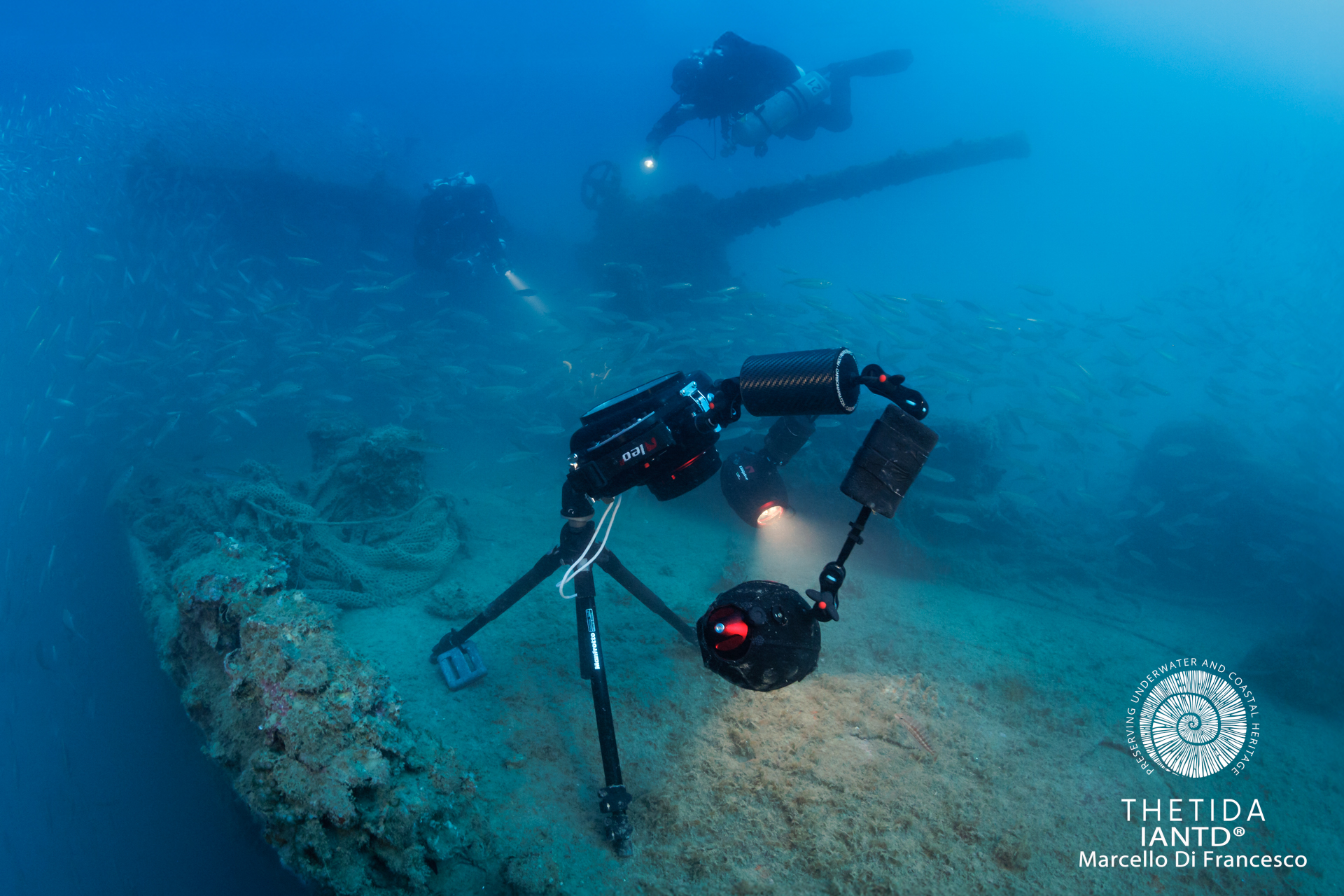
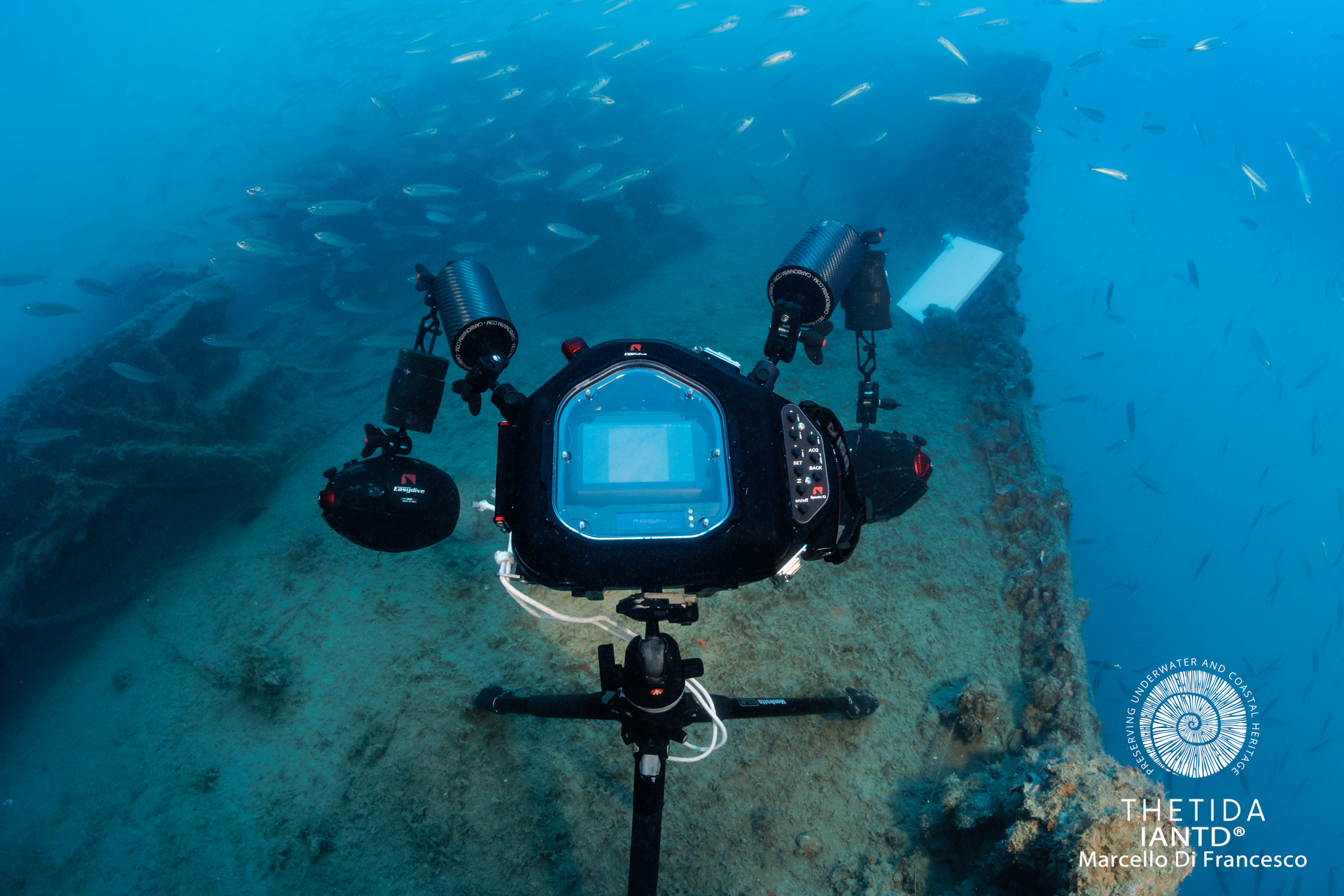
LeoR: The Intelligent Housing
The result of our work translates into a new compatibility for the LeoR housing, an electronic housing that transforms the hyperspectral camera into a true underwater investigation tool. Thanks to LeoR, it is possible to:
-
Control the camera from an operator: Through our ergonomic keypad, thanks to the camera's USB connection, operators can control the Specim IQ and acquire hyperspectral data in real time, without touching any buttons on the camera.
-
Control the camera remotely via serial connection: The LeoR housing can be connected to an ROV, via a serial port. This allows you to launch the hyperspectral data acquisition process with a command from the surface.
-
Autonomy Guaranteed for Long Dives: LeoR is equipped with 2 battery packs that partially power the hyperspectral camera (via USB connection), guaranteeing over 3 hours of autonomy.
A Promising Future
The Hyperspectral project represents a significant step forward in the field of underwater research and opens up new perspectives for the study of marine ecosystems, the discovery of archaeological finds, and the assessment of the health of coral reefs.
We are extremely proud to have contributed to this ambitious project and look forward to discovering what the next challenges will be.



Video

Camera Housing Drifts Across the North Sea, Gets Reunited With Owner
What are the chances? Imagine that you are out in the middle of the North Sea, doing some dives on the WWI battleships, when the tether to your expensive camera rig snaps...

NEW OSMO ACTION CASE CARBONARM FOR OSMO ACTION 3-4
This time let's talk about the case Osmo Action Case, an anticorodal aluminum case...

NEW LIGHT FOR EASYDIVE AT THE 29TH EUDI SHOW
One year after the launch of Sphera, the housing for Insta360 Pro2 for 360°...

THE NEW UNIVERSAL APP EASY DIVE PICS
In Summer 2023 Easydive releases a new App: EASYDIVE PICS

 Underwater Housing
Underwater Housing



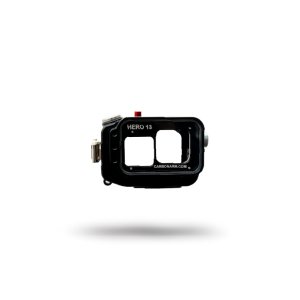

 Underwater Lighting
Underwater Lighting




 Accessories
Accessories
 Plexiglass Ports
Plexiglass Ports Crystal Glass Ports
Crystal Glass Ports Extensions
Extensions Port Rings
Port Rings Covers and Taps
Covers and Taps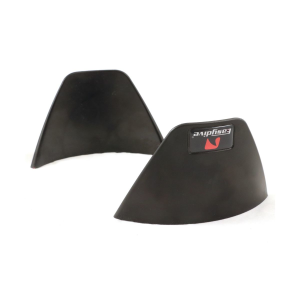 Port Spare Parts
Port Spare Parts
 Recommended Accessories
Recommended Accessories Batteries and Cables
Batteries and Cables Viewfinders
Viewfinders Additional Lenses and Filters
Additional Lenses and Filters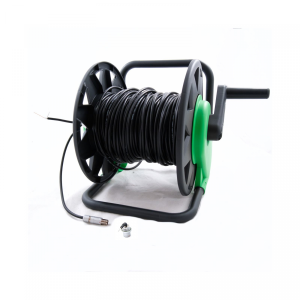 Remote Control
Remote Control Brackets and Straps
Brackets and Straps Accessories Spare Parts
Accessories Spare Parts External Monitors
External Monitors Clothing and Gadgets
Clothing and Gadgets
 Arm Kits
Arm Kits Arms
Arms  Floats
Floats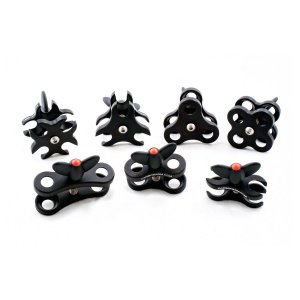 Clamps
Clamps Balls and Mounts
Balls and Mounts Trays
Trays Handles and Grips
Handles and Grips Polecams
Polecams Tripods
Tripods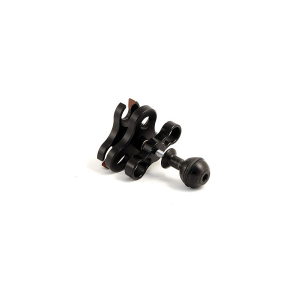 Arms and Mounts Spare Parts
Arms and Mounts Spare Parts Helmets
Helmets

